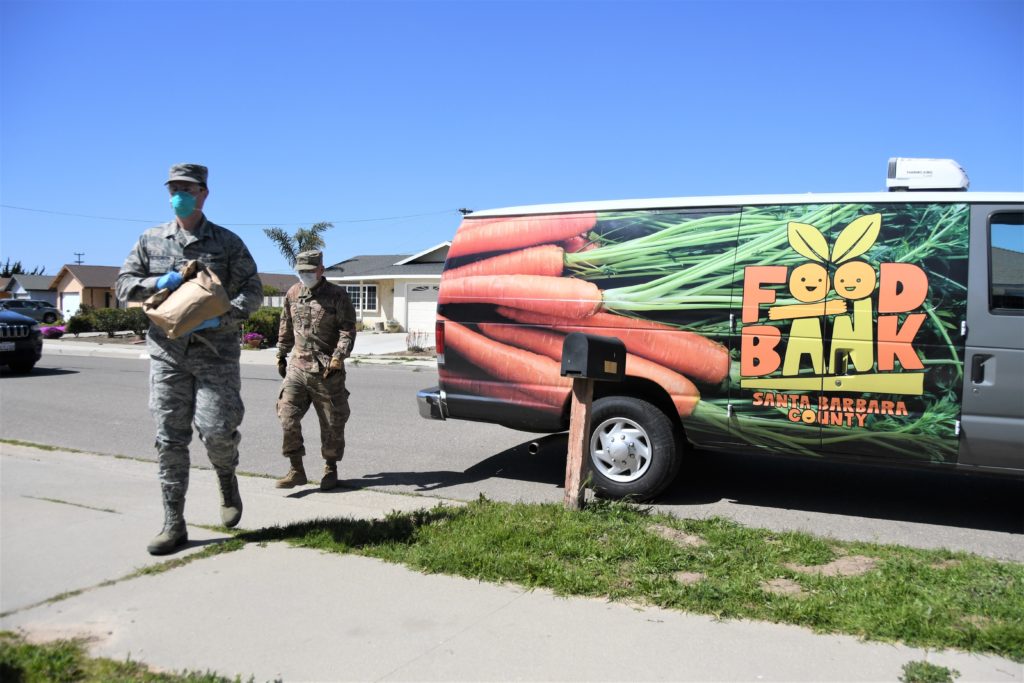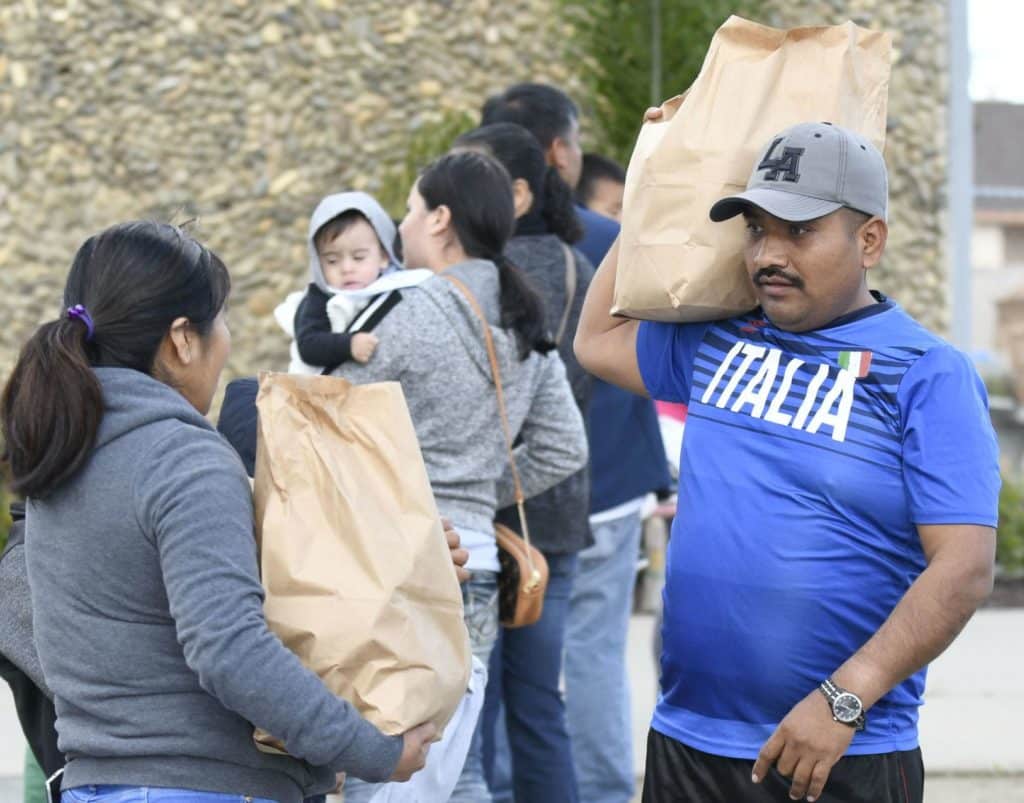Our nonprofit sector is working long hours to meet community needs during this incredibly challenging time. To avoid burdening our grant recipients further with interview requests, we are providing the following stories of several nonprofit response efforts. We hope to showcase more of our nonprofits’ incredible work through additional articles on our website at a later date.
BY SAM WATERSTONE
The Foodbank of Santa Barbara County is needed now more than ever, and fortunately, it has spent years planning for this moment. As our county began to feel the impact of COVID-19 in mid-March, the Foodbank jumped into action by activating it’s recently published Disaster Feeding Plan, expanding its services, and forging new partnerships to meet the needs of our communities.

“The Foodbank is ready to ensure that all of Santa Barbara County has enough healthy food to eat in the face of this crisis,” said Judith Smith-Meyer, Marketing Communications Manager at the Foodbank. “For the two years since the Thomas Fire and Montecito Debris Flow, we have been preparing for just such an emergency by developing our countywide Disaster Feeding Plan.”
The Disaster Feeding Plan was developed alongside 30 partner organizations, including nonprofits and local government offices, and offers a detailed pathway to ensuring that everyone in our county has enough healthy food to eat throughout any disaster.
Although the COVID-19 crisis is distinct from more common natural disasters like fires, debris flows and earthquakes, the Feeding Plan remains highly applicable to the current situation because of the need to maintain local food system supply chains and provide accessible food distribution to residents all across Santa Barbara County.
Using the Feeding Plan as a framework for coordinating emergency feeding efforts throughout the county, the Foodbank has been able to adapt to the unique challenges presented by COVID-19. It now operates 50 SAFE (Safe Access to Food for Everyone) Food Net distribution centers, including nearly 20 new emergency food distribution sites offering a no-contact drive-through pickup service in each area of the county. The Foodbank also quadrupled the amount of food it is distributing in response to the increase in demand, providing community members with 1.47 million pounds of healthy groceries and fresh produce during the month of March.

Included in the Foodbank’s response effort is a comprehensive home delivery service for seniors currently enrolled in their Brown Bag Program, as well as all other seniors aged 60+, or those aged 55+ with a disability. During the last week of March, the Foodbank delivered healthy food to 3,400 seniors, directly to their doors.
In collaboration with the Community Action Commission and the City of Santa Maria, the Foodbank also established an emergency food call center. By dialing 211, community members can sign up for home delivery, learn about where to receive food safely near their homes, and get answers to other food-related questions, in English and Spanish.
“During this difficult time when the entire county is affected to some degree, and many people are facing hunger and food insecurity for the first time, the Feeding Plan is perfectly relevant and applicable. We are grateful to be part of a robust network of committed partners, volunteers and donors who are making it possible for us to put our plan into action,” expressed Smith-Meyer.
The Foodbank of Santa Barbara County is actively requesting donations and volunteer support. For information about their services, or to get involved, visit foodbanksbc.org.